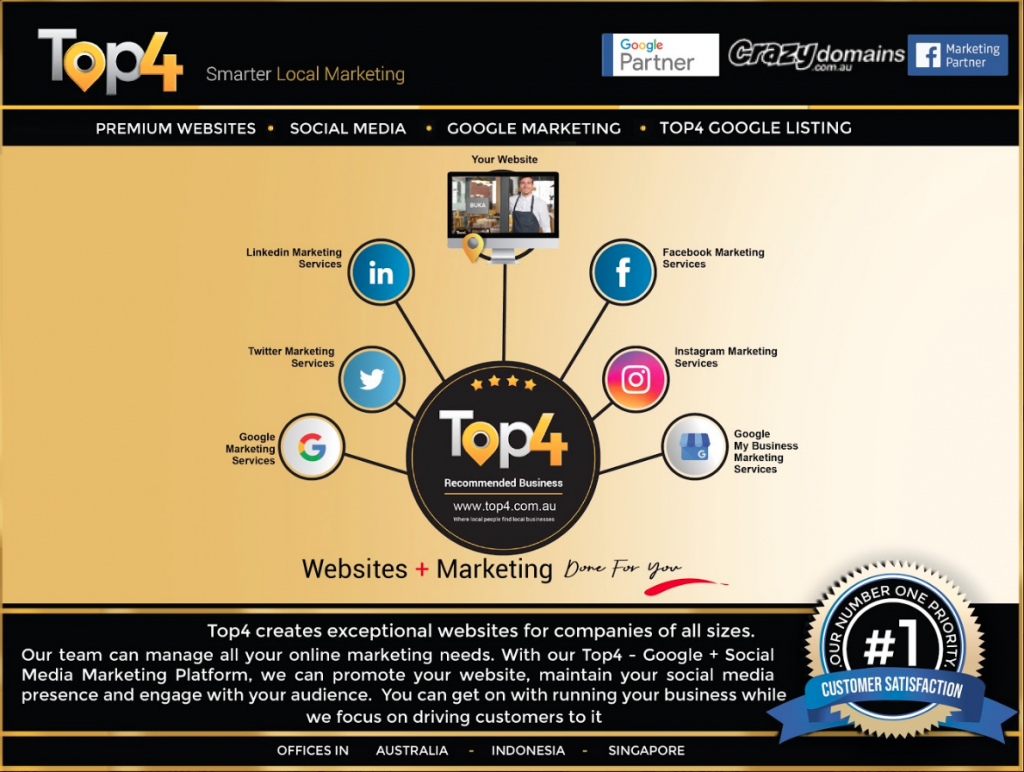A few years ago, I published a framework I called The Hierarchy of Engagement (Version 1, and updated “Expanded” Version) which synthesized my thinking on how to build enduring consumer products. The Hierarchy of Marketplaces synthesizes my thinking on how to build enduring marketplaces.
Marketplaces that are able to scale the hierarchy build dominant “winner take most” value. What is required to get there is a focus not on GMV, but on creating happiness.
The marketplace that wins is the marketplace that figures out how to make their buyers and sellers meaningfully happier than any substitute. GMV is irrelevant — a vanity metric that can lead you down the wrong path if you chase it.
I encourage you to use the Hierarchy of Marketplace framework when thinking about your own marketplace and building out your product roadmap. As with all the frameworks I publish here, this is a work in progress and will evolve. Feedback welcomed.
I’ll be publishing the hierarchy in three installments. You’ll noticed that for a few of the slides that benefit from a more nuanced explanation, I added some text to share my thinking.
I’m in debt to the incredible feedback I’ve gotten on countless drafts from: Bill Gurley, Casey Winters, Lenny Rachitsky, Riley Newman, Jason Droege, Sebastian Gutierrez, Dan Hockenmaier, Malay Gandhi, amongst others. Thank you!
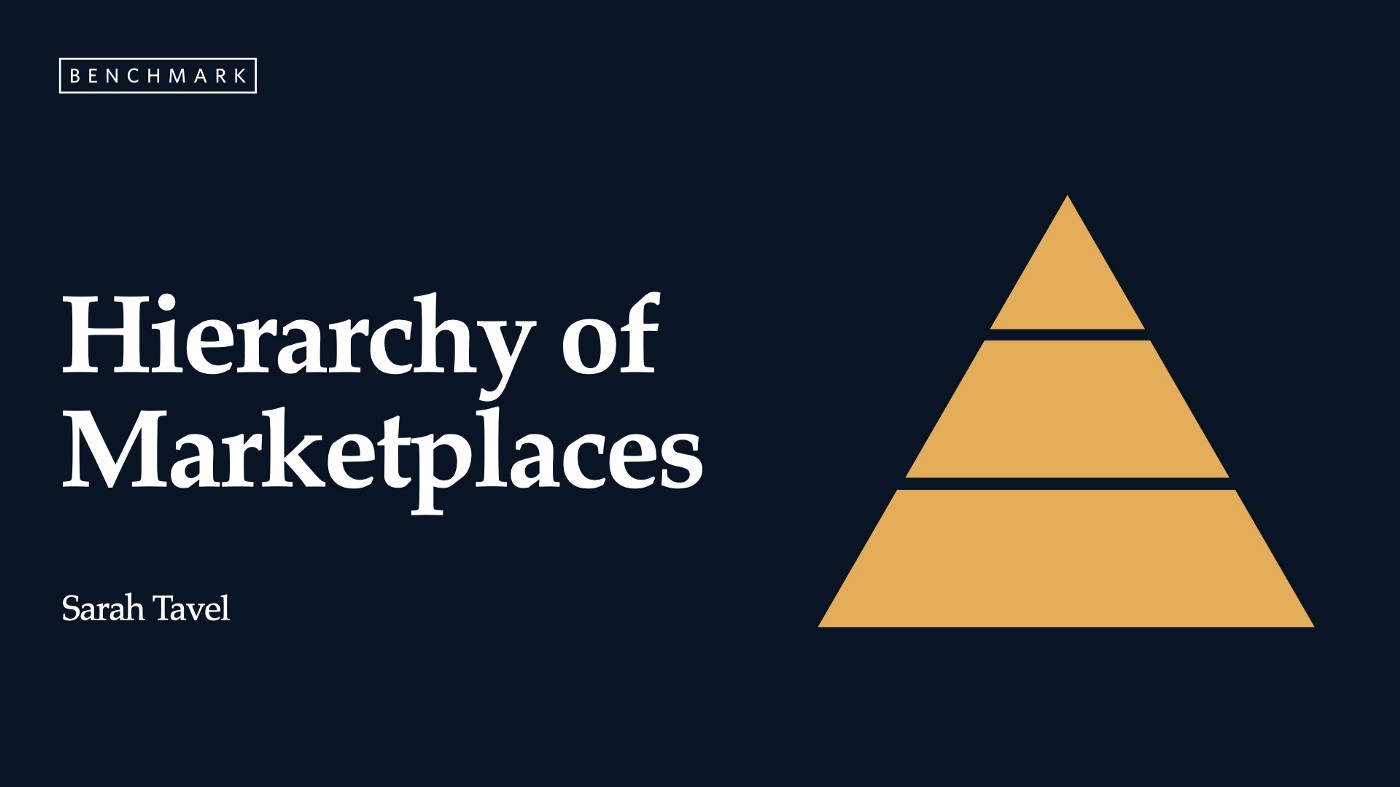
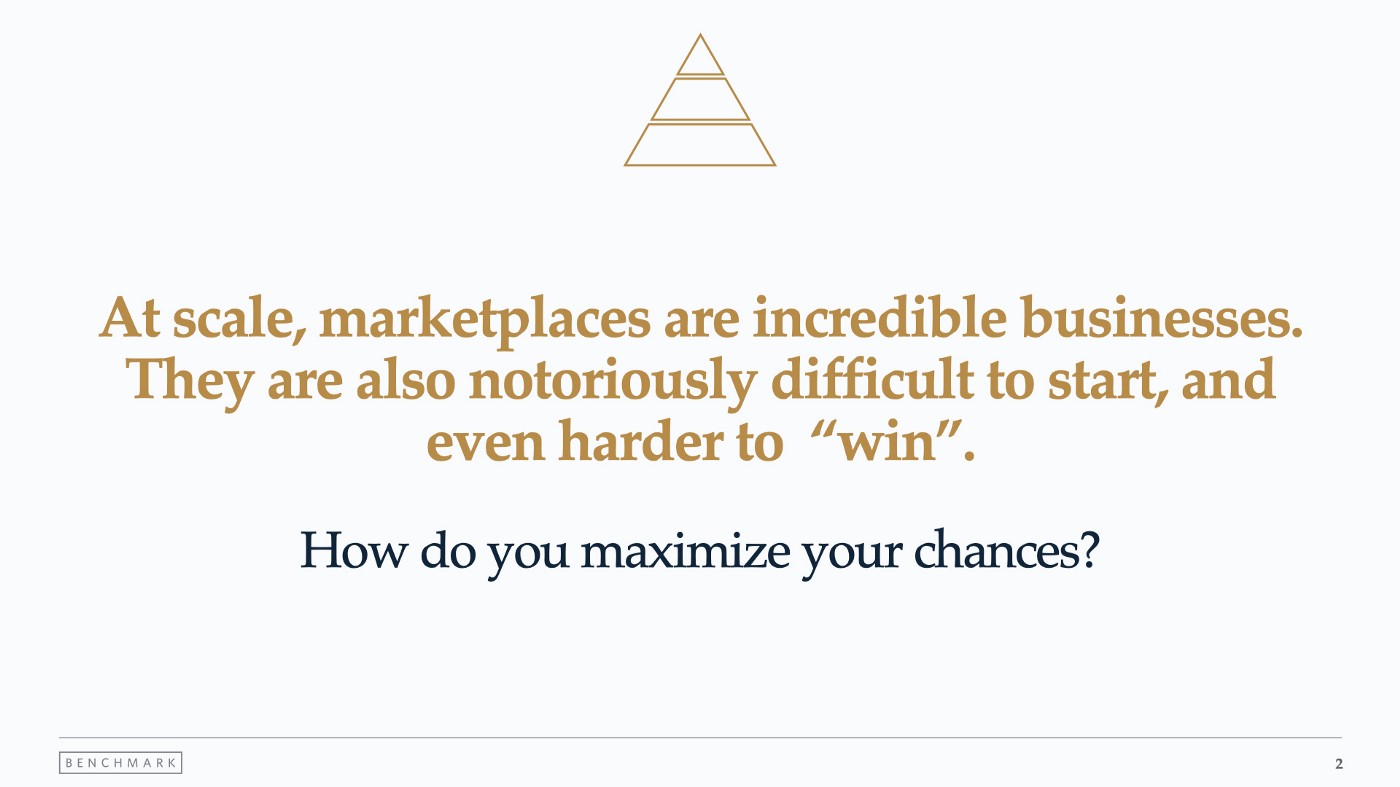
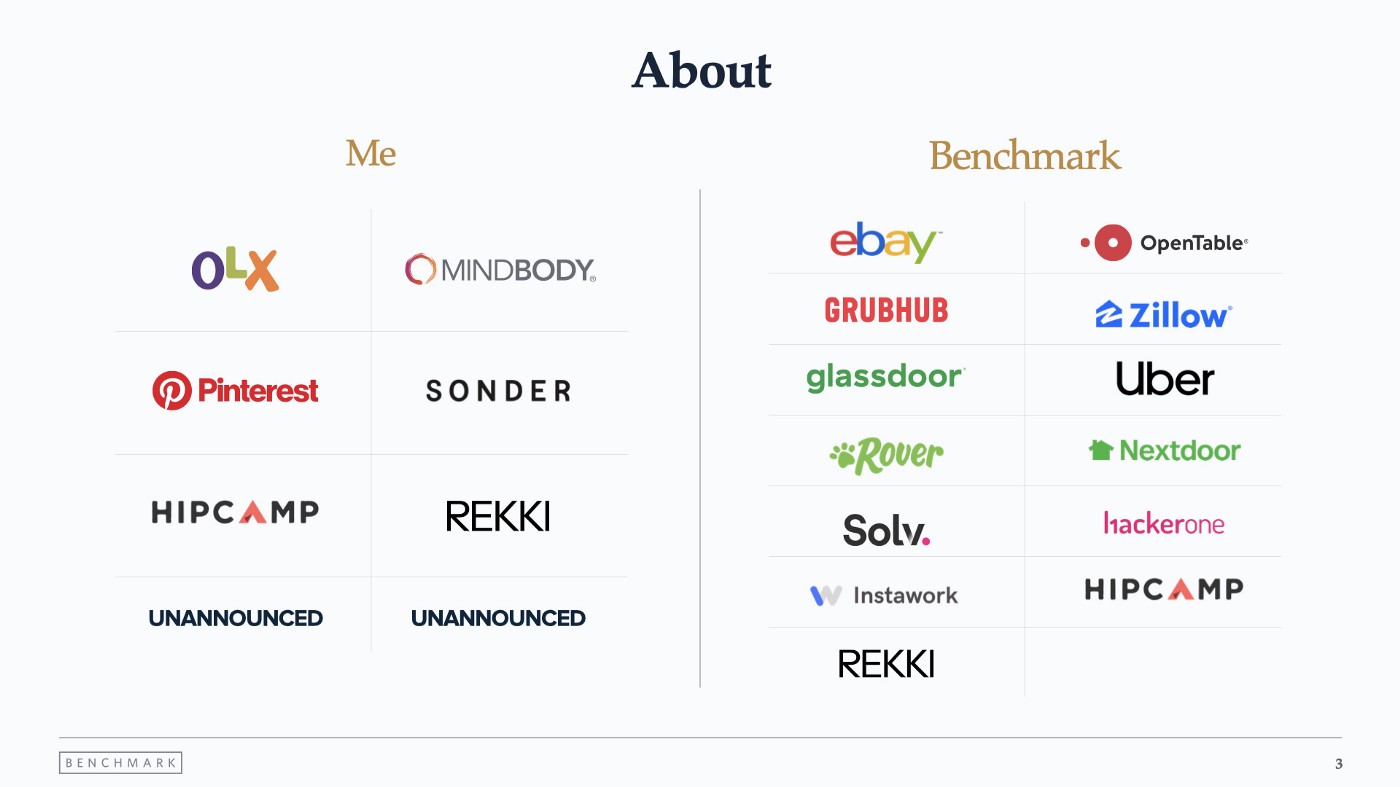

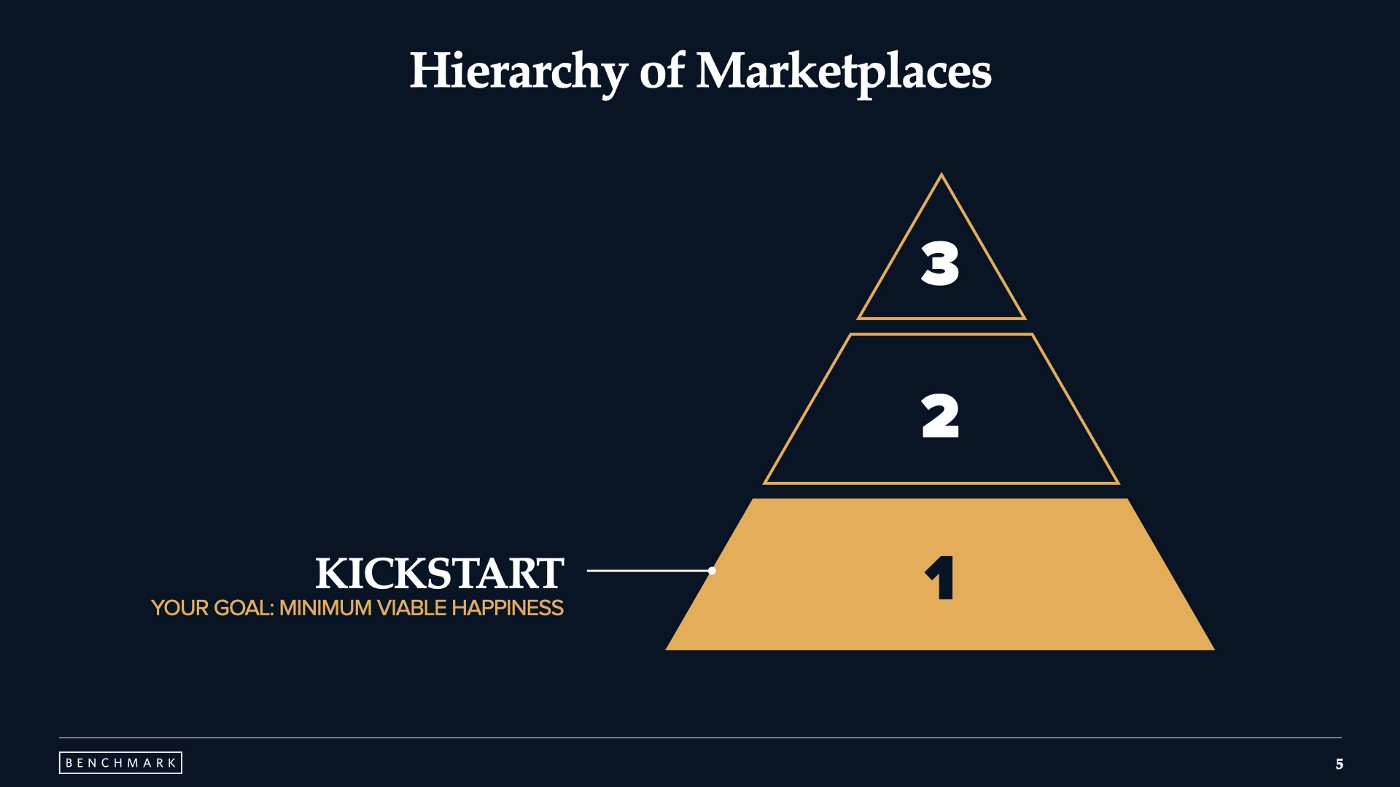
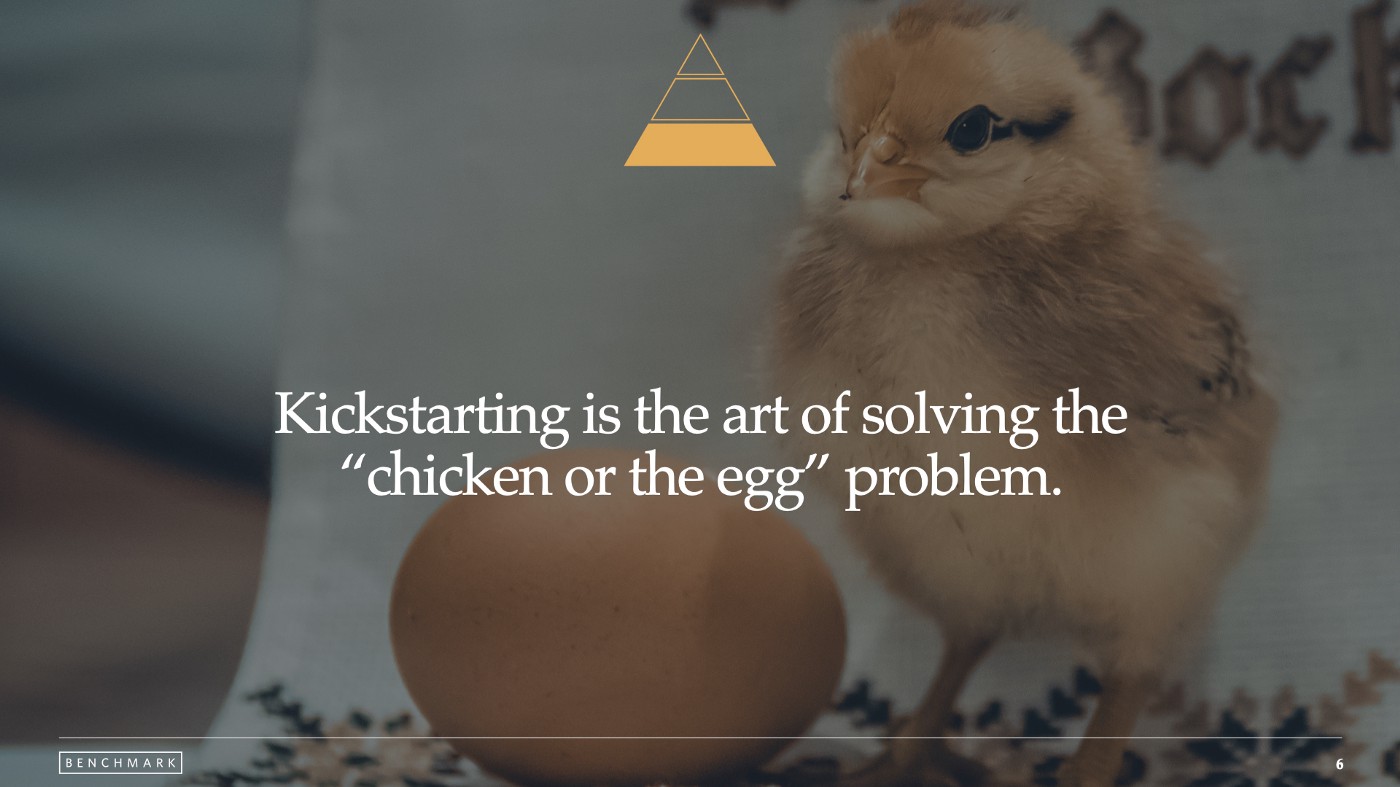
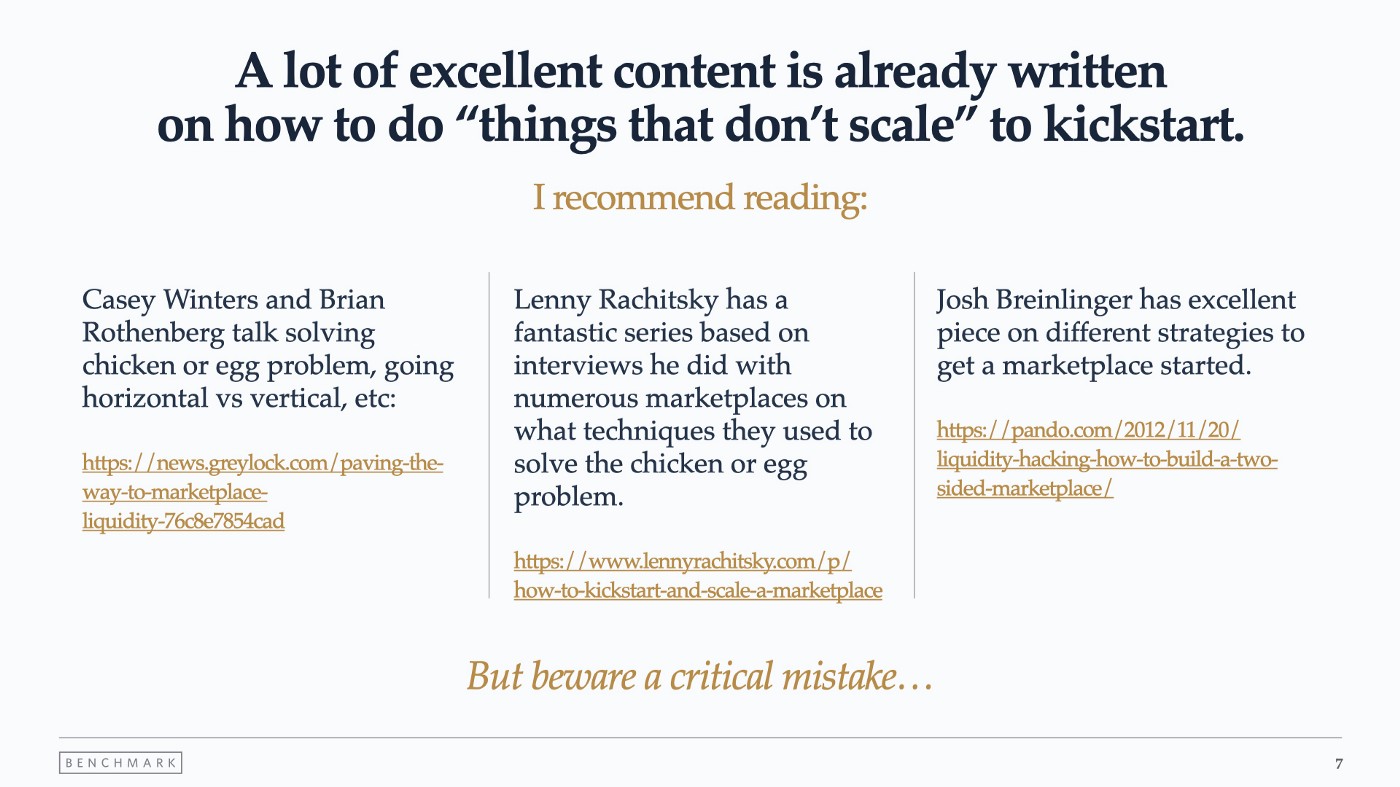
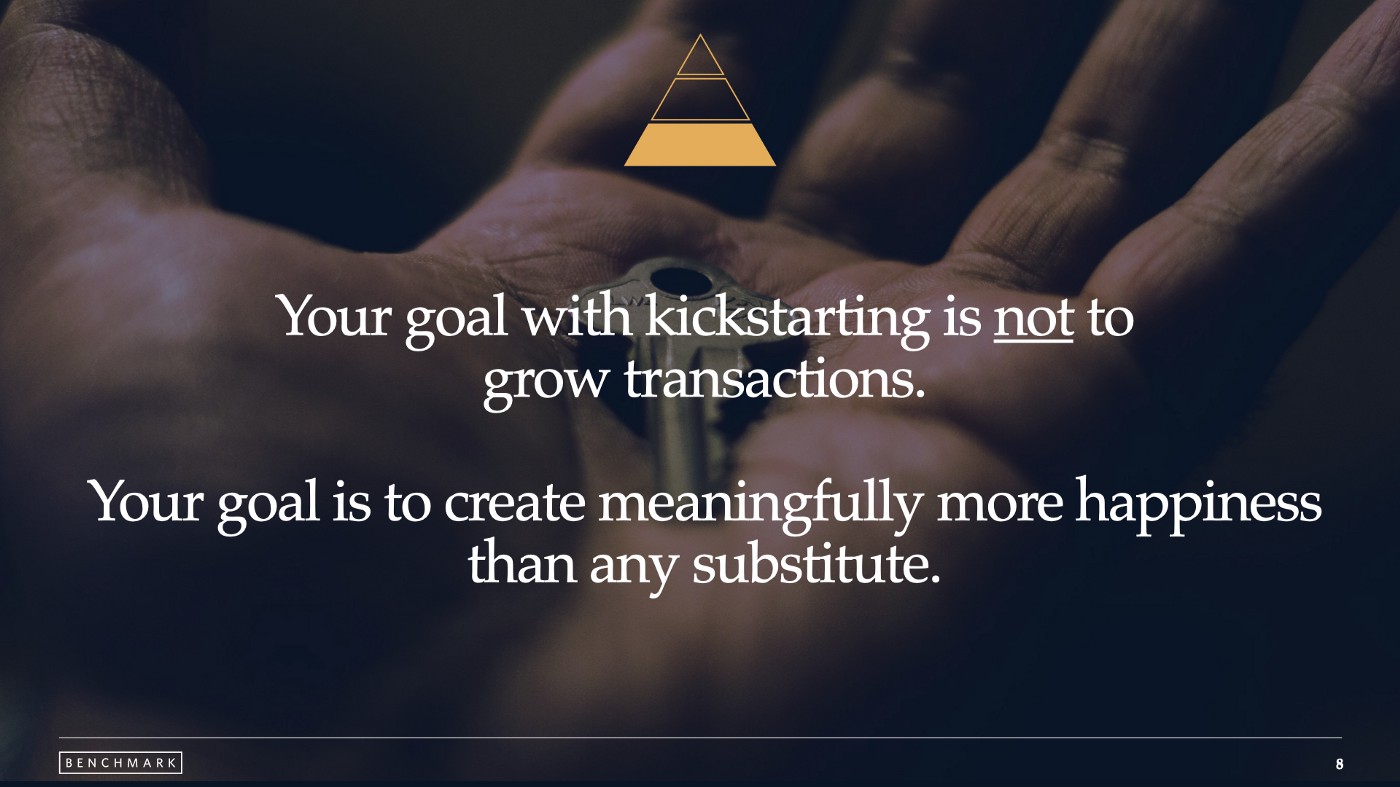
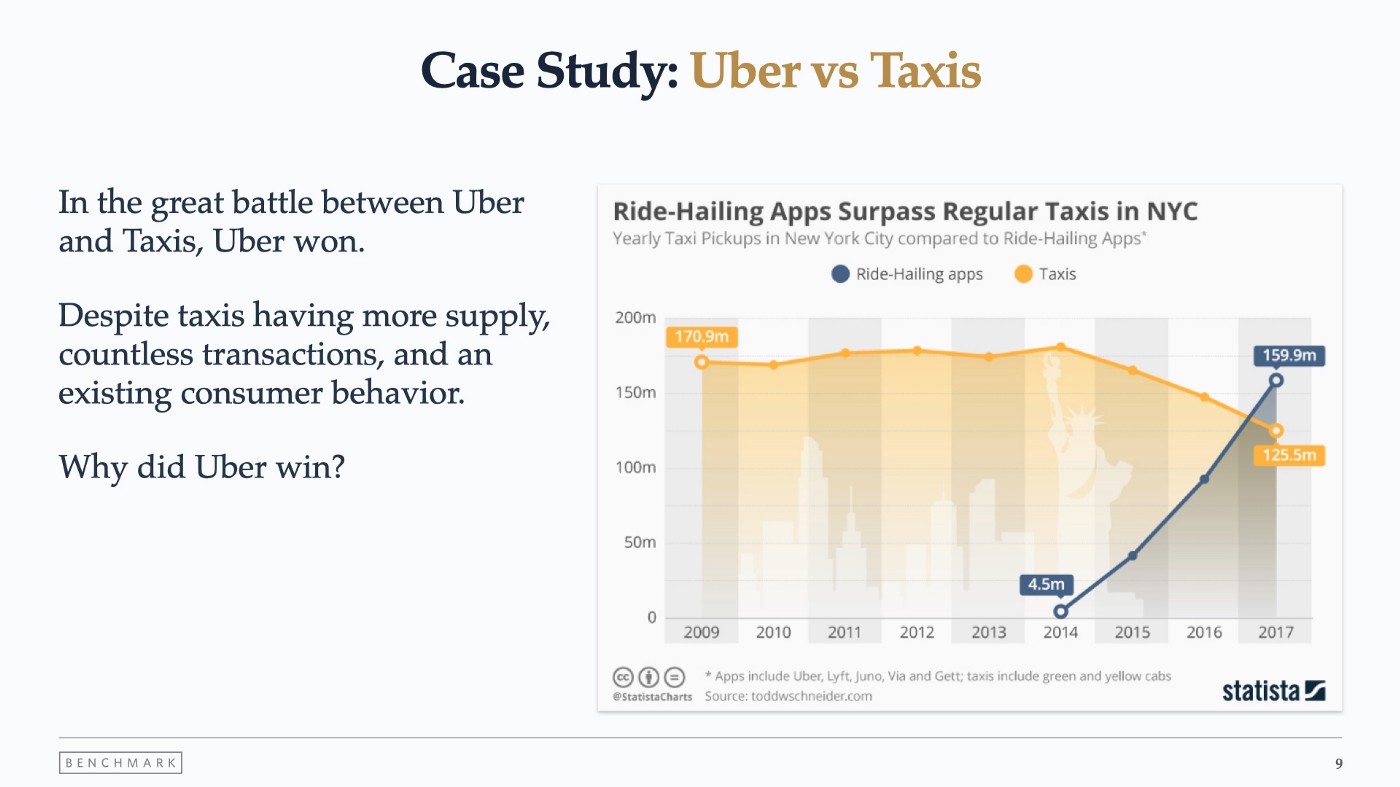
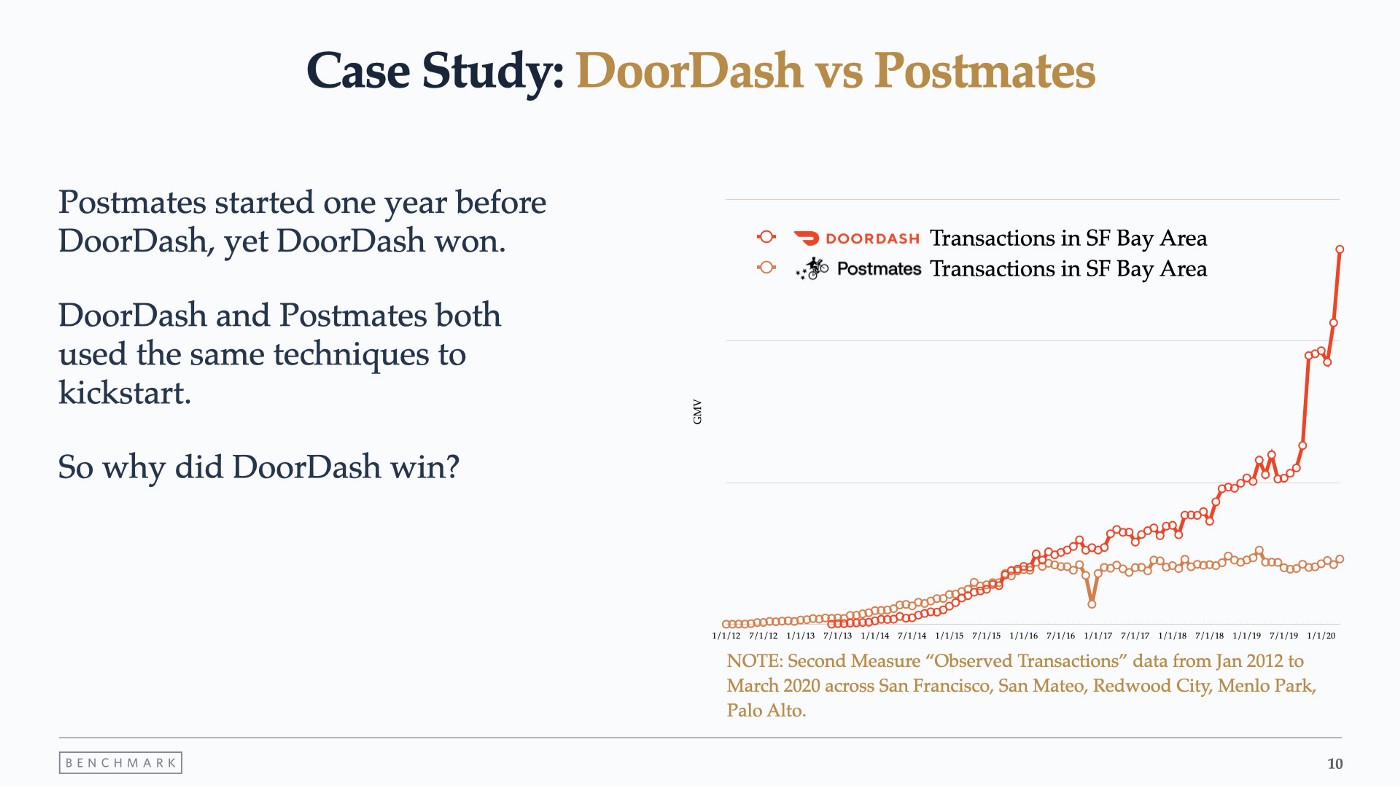
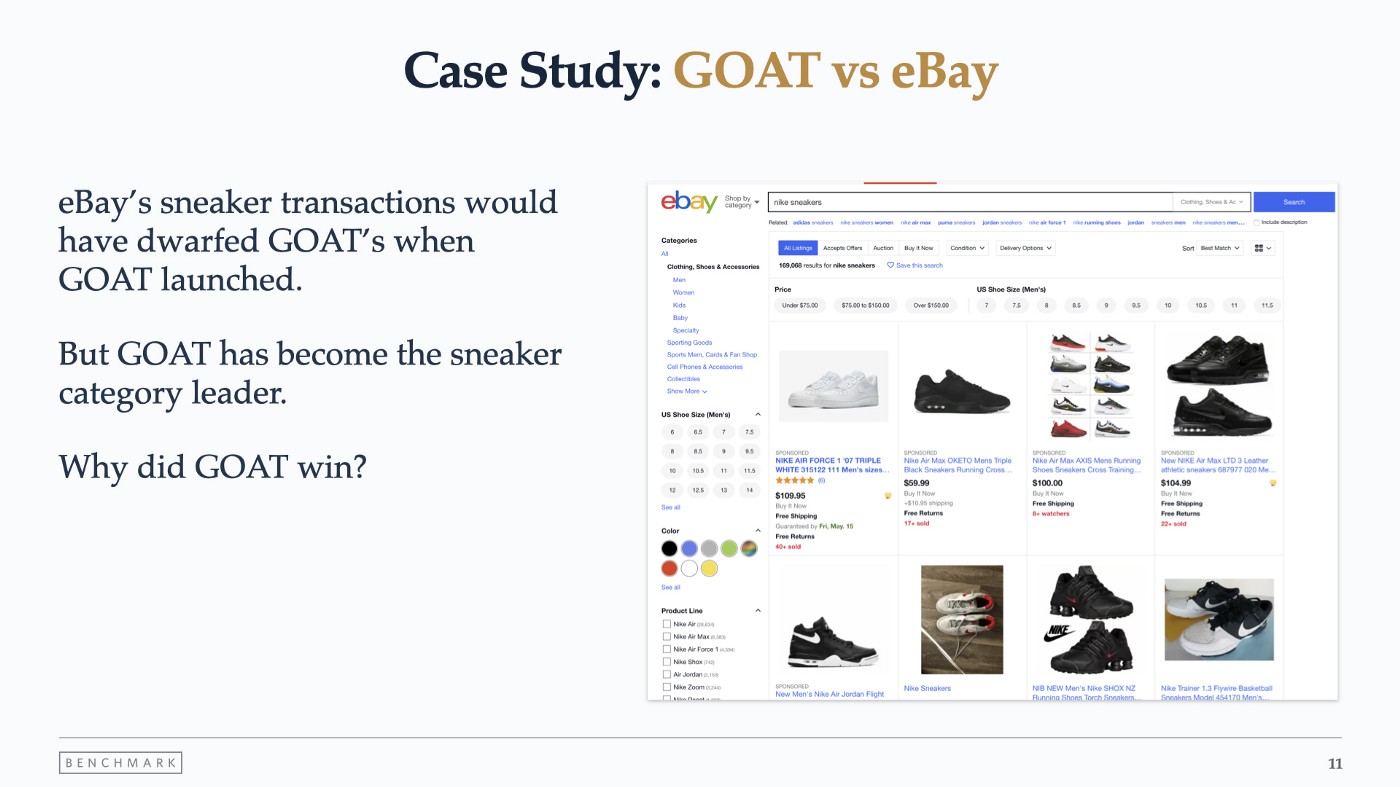

This point is very important so let me provide some voiceover:
Much like MAUs is a vanity metric for consumer social companies, I believe GMV is a vanity metric for marketplaces. As we saw with the three case studies, GMV does not get to the heart of whether you are creating enduring value or not. No matter how large an incumbent may be, they are always vulnerable to a new entrant that makes buyers and sellers happier. In other words, happiness — not scale — is your moat.
The focus on transactions is understandable — it’s easy to measure, and milestones like “$1m of annualized GMV” can be useful to aim for. But the ultimate success of your marketplace will depend on your ability to create meaningfully more happiness in the average transaction than any substitute, not how many transactions you accumulate.
This is not to say that you shouldn’t grow. In marketplaces, saturation of a market is critical, and the only way to do that is to grow. But if you think of growth as a means to increasing the average level of happiness per transaction (instead of the goal itself), it will focus you on quality growth over vanity growth.
Coincidentally, as I’ll show in Level 2, once you reach sufficient happiness, growth actually becomes a positive externality of that happiness. In other words, by pursuing happiness, you’ll achieve growth. But not vice-versa.

If you pick the right thimble, you can win the ocean. But you’ll never win by going after the ocean first. Pick wisely.
If you’re worried you may have chosen too small a market, you’re probably on the right track. Just make sure it’s not a dead end. The best marketplace founders I’ve seen are brilliant at knowing which opportunity to go after first, and how to sequence from there.
Ask yourself: Are there adjacent markets that are a natural outgrowth of your thimble and consistent with your mission? Good. If not, reconsider your starting point. I find it particularly useful to think through this from the buyer’s perspective.
And if you worry you may be going after too big a market, look to see which cross-section of your cohorts is retaining best, and double-down on that use case or market instead.
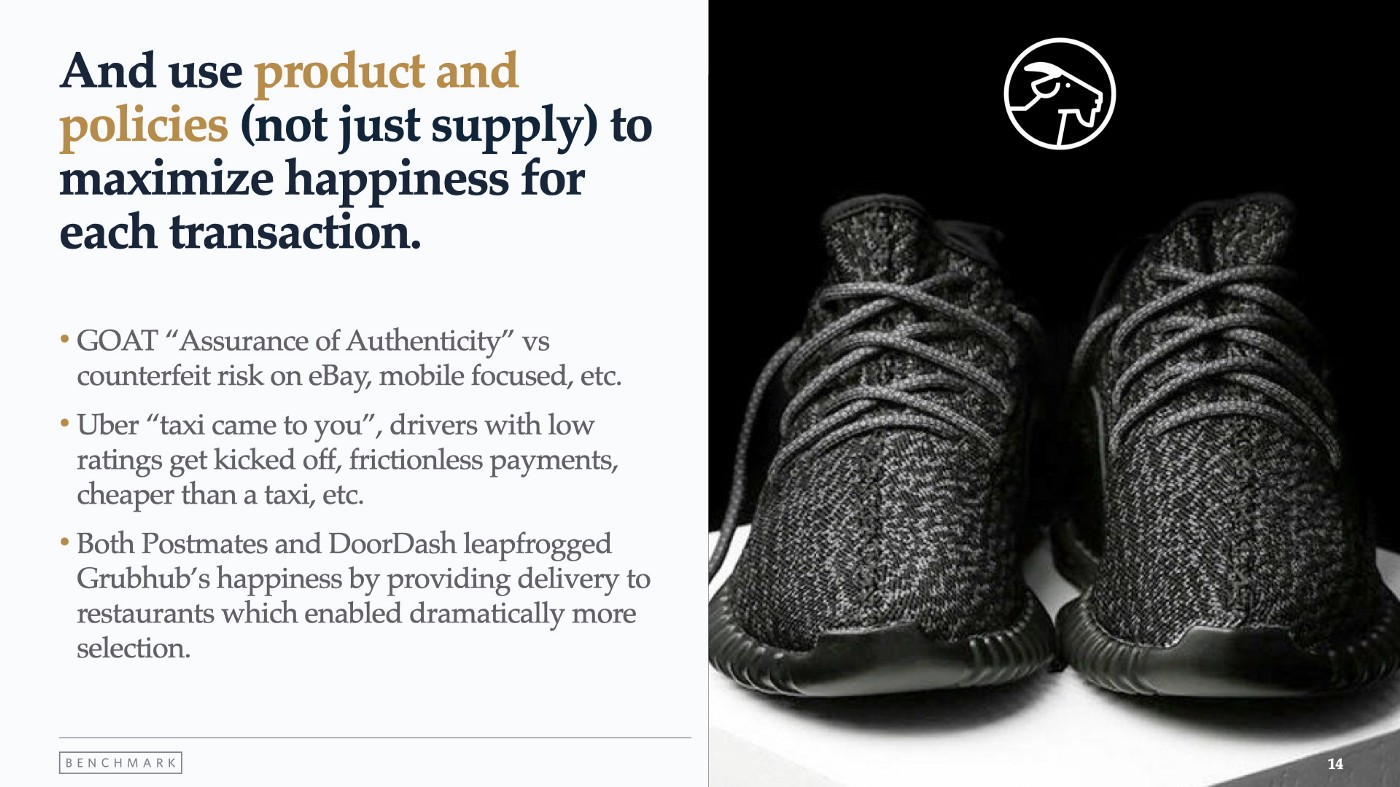
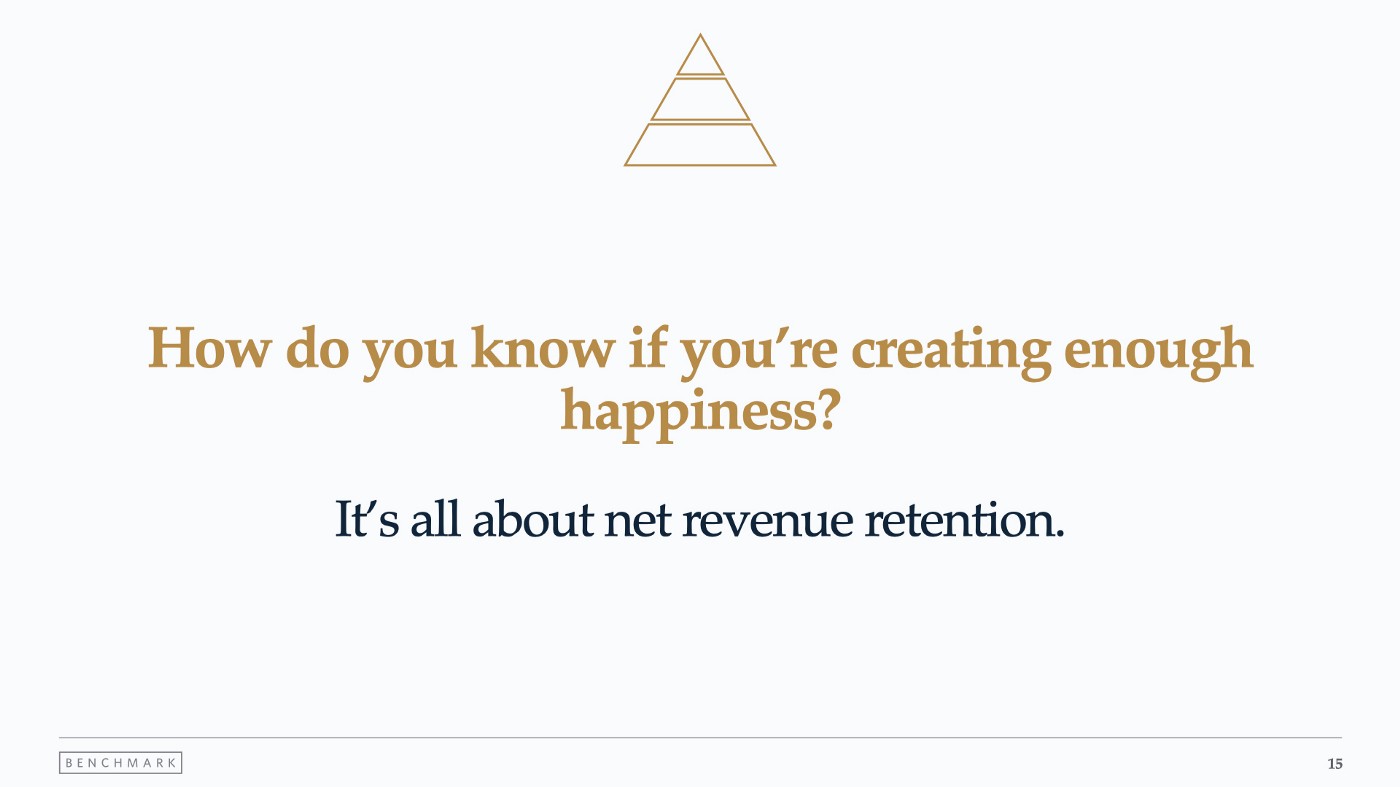
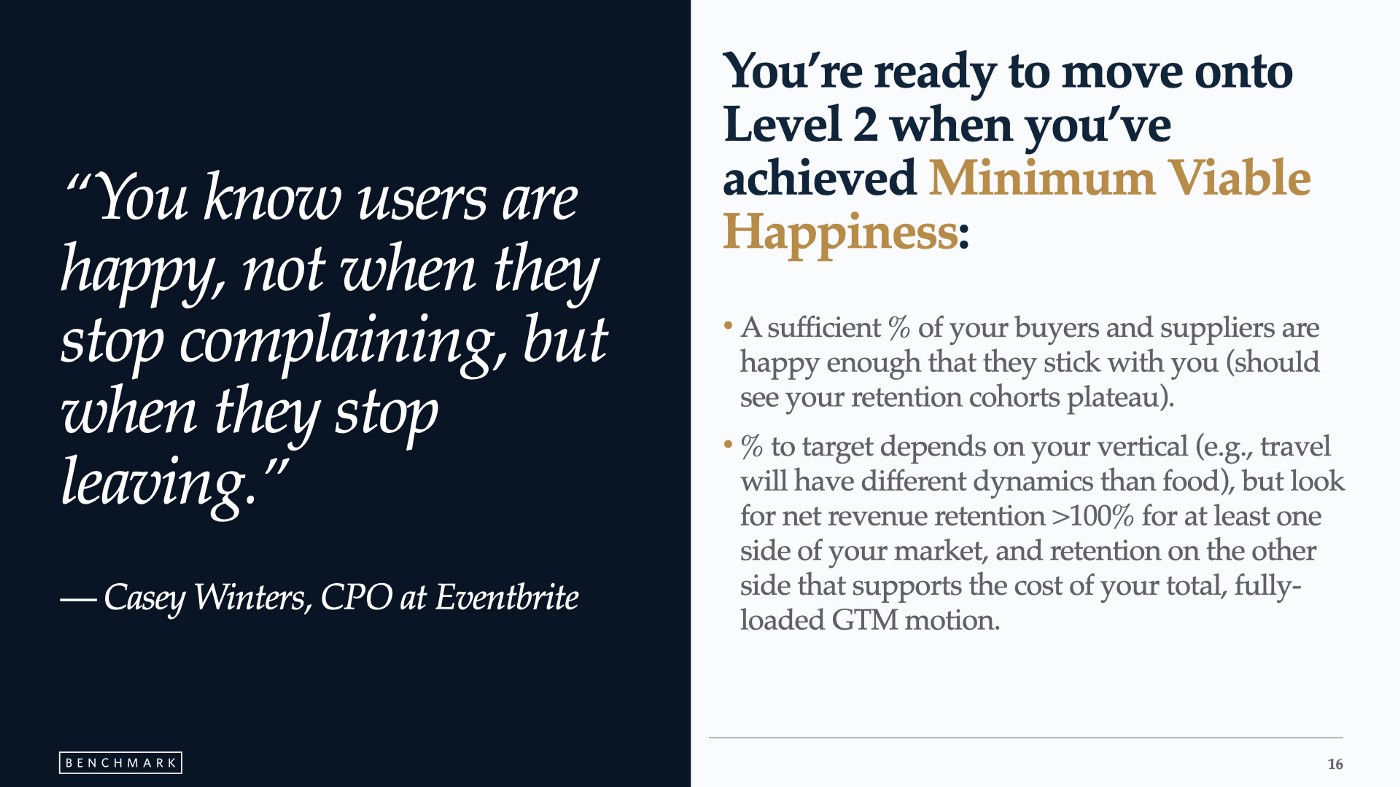
A couple closing thoughts on this slide:
First, I’ll admit that “net revenue retention” is not a perfect measure of happiness, but it’s the best single measure I’ve seen. Some people ask about Net Promoter Score, but I’ve never been convinced that it’s useful.
There is a chance that Sean Ellis’s “How [disappointed] would you be if you couldn’t use [company name]?” might be, but I don’t have enough data on this. I recommend you try it and please let me know if it’s more useful!
Second, it’s also worth noting that Minimum Viable Happiness is a dynamic measure you have to watch vigilantly, because happiness is relative to expectations, which is itself relative to what the available substitutes are. Buyers were happy with Grubhub before Postmates, DoorDash, and Uber Eats came along. With those new entrants, Grubhub’s buyer net revenue retention deteriorated as their consumers chased the broader availability on the on-demand platforms.
It’s a good reminder that buyer and seller expectations are constantly evolving, and with that evolution, what you need to achieve Minimum Viable Happiness and grow happiness from there will change with it.
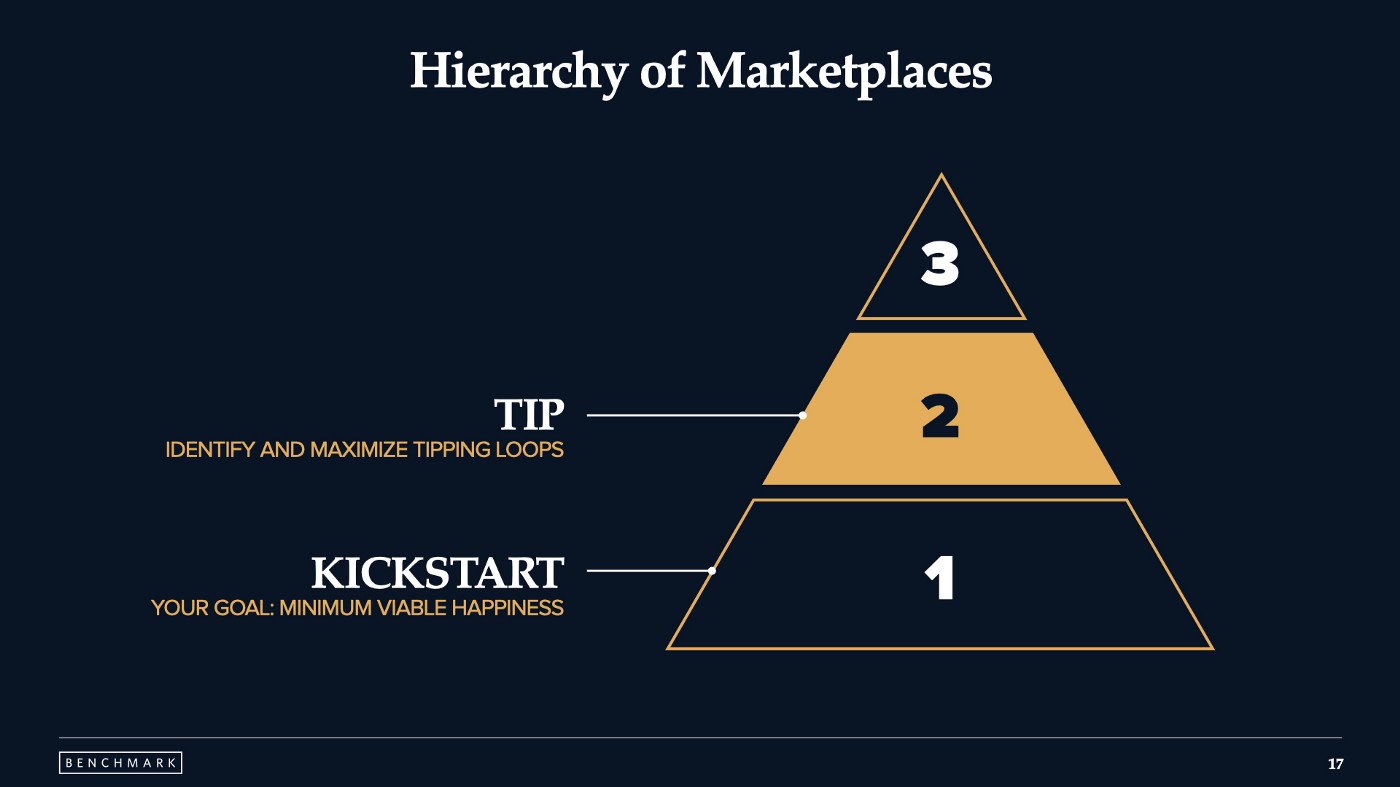
Level 2 to be published soon!
Looking to build customer loyalty through social media? Don’t forget to add your business to Top4.com.au
List your business, create your own digital store to sell goods and services, and share posts on social media. Promote your business on Google instantly! Should you need help with local digital marketing then view our new Google Marketing Platform and services Top4 Marketing
Get Found On Google Promote Your Website, Reach local customers today!
Our Digital Marketing Agency Services Across All Industries Include Search Engine Optimisation (SEO), Google Marketing, Website Design, Corporate Web Development, and local location-based marketing using our own Google Marketing Platform!
Engage A Social Media Agency For Only 1/3 The Cost Of Employing A Social Media Manager…LET’S TALK!
Source: medium

